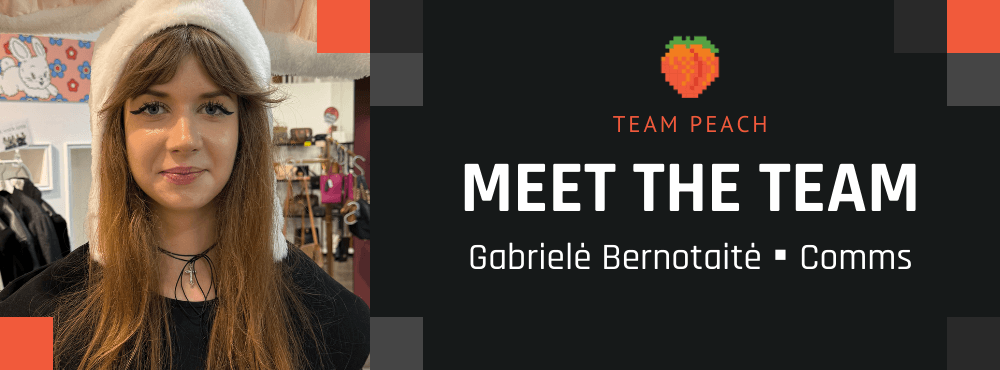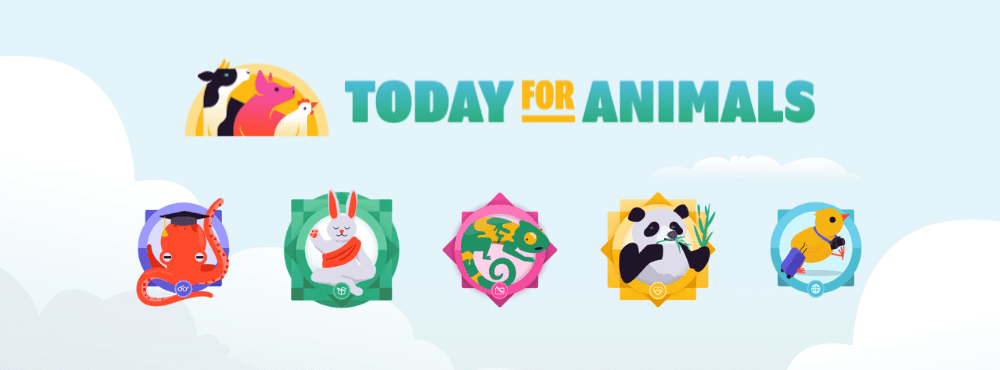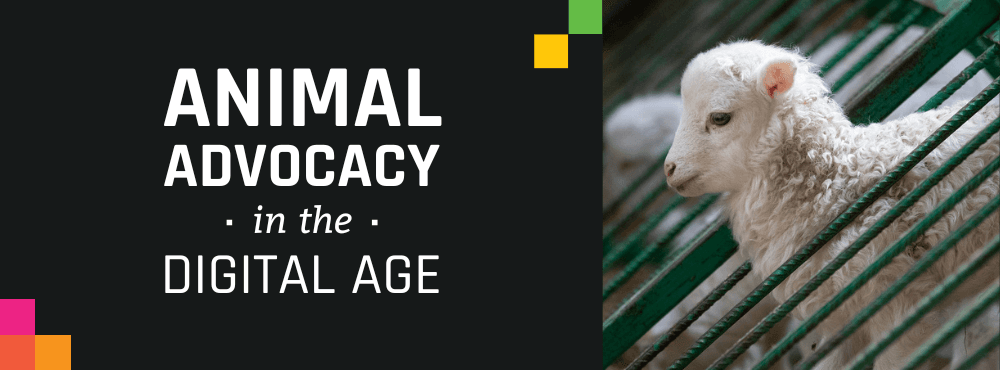
10 Rules for Building a Tech Product
Technology helps us navigate the everyday. We almost constantly use apps and software to communicate, work, travel, learn, and play. But what goes into making a great tech product? Not one that just does the job, but one people actually want to use. Something that improves lives—and even saves them.
Over the years, I’ve built, ran, and worked with many companies that leverage the power of tech to further the human and animal rights movements. Over two decades ago, I co-founded Adopt-a-Pet.com, taking it from just an idea to the world’s largest nonprofit homeless pet adoption website. We grew it to a multimillion dollar company that has touched millions of lives — reaching millions of website visitors every month, listing pets from over 19,000 animal welfare organizations, and being a key part of the major reduction in animals killed in shelters over the last 20 years.
Since then, I’ve launched projects, initiatives, and organizations aimed at saving the lives of humans and animals alike. Whether it’s about spreading information, providing a platform, or solving a problem, the rules below have helped form the foundation for developing products and technology that can truly help make the world a better place.
1. Stay user-centered
Don’t assume you know what people need. Focus on what the target demographic wants and needs. What problem are we trying to solve for the user? What are their pain points? How can we give them exactly what they want or need in a way that meets our mission-focussed needs as well? You can answer these questions and more by conducting and collecting user research and identifying patterns in the data. Use this information to create a user persona: an ideal representation of your target audience. This is useful in understanding who you are building your product for, but the real key is to use a Lean Startup approach.
2. Be lean
A tech product is never finished. It is always a work in progress. The way to build a full-fledged app with all of the bells and whistles is to do it over time and by iteration, and that starts by creating a minimum viable product (MVP), a basic functional version of your product that attracts early adopters. Early adopters like being part of a new product and will forgive you for the bugs. Carefully watch user actions and gather their feedback. This should tell you if you have a valid product idea and help you to iterate (or pivot) as quickly as possible. In this way the actual users become real time partners in the creation of the product, and you know everything you spend time on is something they want or need.
3. Identify obstacles
An app is designed to encourage users to perform certain kinds of actions. Don’t just look at what would prompt the desired user actions, like buttons, text, or visual calls-to-action (CTAs). Identify the obstacles that are preventing people from taking these step-by-step actions. Address points of resistance and remove roadblocks in the user journey, so it flows as seamlessly as possible.
4. Be willing to fail
It’s natural to be scared of failure, but failing is an important part of the process. It helps you to improve and evolve. Things move fast in the world of tech and you need to be able to adapt. Don’t let a fear of failure cloud your judgment. Keep on experimenting, and be willing to fail. Then, use what you’ve learned for the next thing.
5. Set milestones
Set incremental milestones and goals at every step of your program’s—or product’s—development and implementation. Naturally, it’s important to track progress for operational efficiency. Celebrating wins, however big or small, also helps boost your team’s confidence and morale.
6. Have heart
A truly great product is one that connects with people on an emotional level. It triggers an immediate, positive physical response in your brain. Find something compelling that inspires and draws users to your product. Function, reliability, and usability are, after all, followed by pleasure.
7. Pick the right name
While some products succeed despite their name. Having a name that is easy and memorable, or one that is itself a message (for example, Adopt-a-Pet.com) and speed growth. A simple, explanative name is much easier for people to remember than an ambiguous one. It clearly communicates your purpose and helps attract your target audience. Your name is an effective marketing tool, so use it! A straightforward but unique name also gives you a headstart when it comes to optimizing digital assets, like a website, to show up in search engines.
8. Attract an audience
Ideally, your product is viral or self-expanding. This helps keep your customer acquisition cost (CAC) low while your user base grows. Virality should be deeply embedded in your product from the get-go. Develop a product that users will want to share with others.
A scalable project is one that will function well as it grows in scope, size, or attracts a greater volume of users. If your product can’t scale, make it replicable so it can be duplicated in another location, market, or time.
9. Retain your users
Build in some network effect or stored value so users are incentivized to continue to use the product. This means the more people that use it, and the longer they use it, the less likely they will be to stop using it. A platform that grows in value to its users and to third parties will help build loyalty, trust, and growth down the line.
10. Create a lasting impact
Your product should have a lasting positive impact that is likely to grow with time. Considering the social, economic, and environmental impact early in the product development cycle will help you create something sustainable and meaningful.
Ultimately, there’s a lot more to product development, but these rules should lay a solid foundation to figuring out how to approach an idea and bring it into fruition. Abide them at every stage of the product development lifecycle to innovate something that provides real value and truly represents what you stand for.

David Meyer is CEO of Humane America Animal Foundation and Food System Innovations. He is a trustee for the Food System Research Fund and was interim director of the Plant Based Foods Association. David founded and ran Adopt-a-Pet.com until its sale to Kinship Partners/Mars, Inc. In recent years, he has turned his focus to removing animals from the food system and advises many nonprofits, for-profits, and philanthropic funders.

David Meyer is CEO of Humane America Animal Foundation and Food System Innovations. He is a trustee for the Food System Research Fund and was interim director of the Plant Based Foods Association. David founded and ran Adopt-a-Pet.com until its sale to Kinship Partners/Mars, Inc. In recent years, he has turned his focus to removing animals from the food system and advises many nonprofits, for-profits, and philanthropic funders.




